
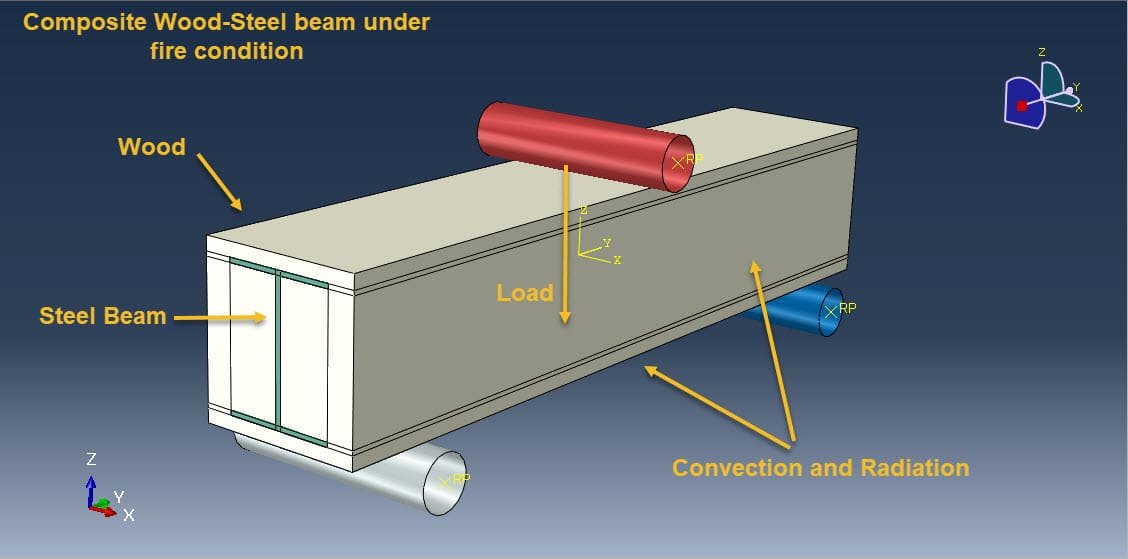


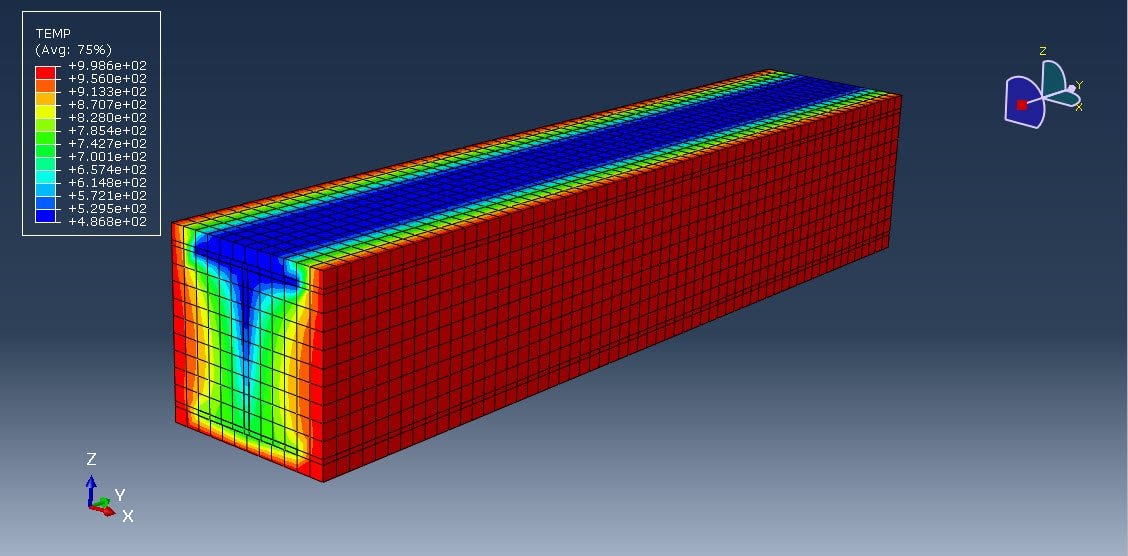

In recent years, steel-timber composite (STC) beams have gained popularity in construction due to their efficient structural performance and sustainability. These hybrid systems combine the high strength and ductility of steel with the renewable and lightweight properties of timber, offering an optimized solution for modern buildings. However, when exposed to fire, the behavior of these composite members becomes complex due to the differing thermal and mechanical properties of the constituent materials.
Understanding and predicting the fire performance of STC beams is crucial for ensuring structural safety and meeting fire-resistance design standards. This has led to an increased reliance on numerical simulation and analysis tools, such as Finite Element Analysis (FEA), to model their behavior under elevated temperatures.
The aim of simulating STC beams under fire conditions is to:
Evaluate load-bearing capacity during fire exposure.
Analyze temperature distribution within the cross-section.
Understand material degradation and failure modes.
Timber chars when exposed to fire, forming an insulating layer that slows further combustion, but its structural strength diminishes rapidly.
Steel maintains strength up to ~400–500°C, but loses much of it above that range.
Accurate models of temperature-dependent material behavior are essential.
Fire exposure is simulated using standard fire curves (e.g., ISO 834).
Heat conduction, radiation, and convection are modeled to determine how the fire affects the beam over time.
As the temperature increases, the mechanical response of the composite beam changes.
The analysis tracks deflection, stress redistribution, and potential failure points.
Finite Element Methods (FEM): Used to model both thermal and structural behavior.
Coupled thermal-structural analysis: Integrates heat transfer and mechanical response in time-dependent simulations.
Key performance metrics include:
Time to failure under fire loading.
Critical temperature for failure.
Residual capacity after fire exposure.
Simulating and analyzing steel-timber composite beams under fire conditions is essential for safe and efficient structural design. Through numerical modeling, engineers can predict failure mechanisms, optimize material usage, and design fire-resistant systems that maintain structural integrity during and after fire exposure. As building codes increasingly embrace hybrid systems, such analyses will play a key role in sustainable and resilient construction.


Acoustic
€100,00 Original price was: €100,00.€99,99Current price is: €99,99.
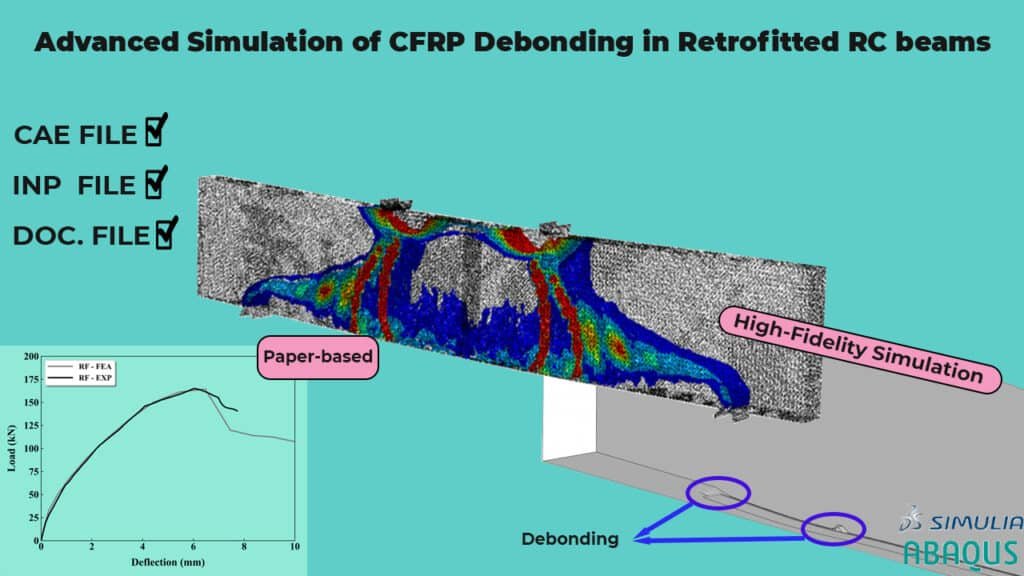
Abaqus
€150,00 Original price was: €150,00.€120,00Current price is: €120,00.
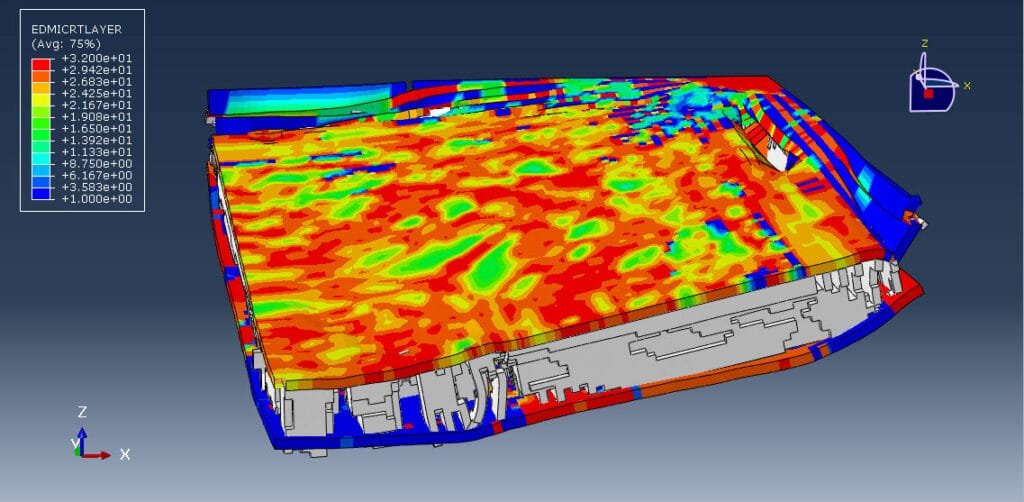
Abaqus
€49,00 Original price was: €49,00.€29,00Current price is: €29,00.
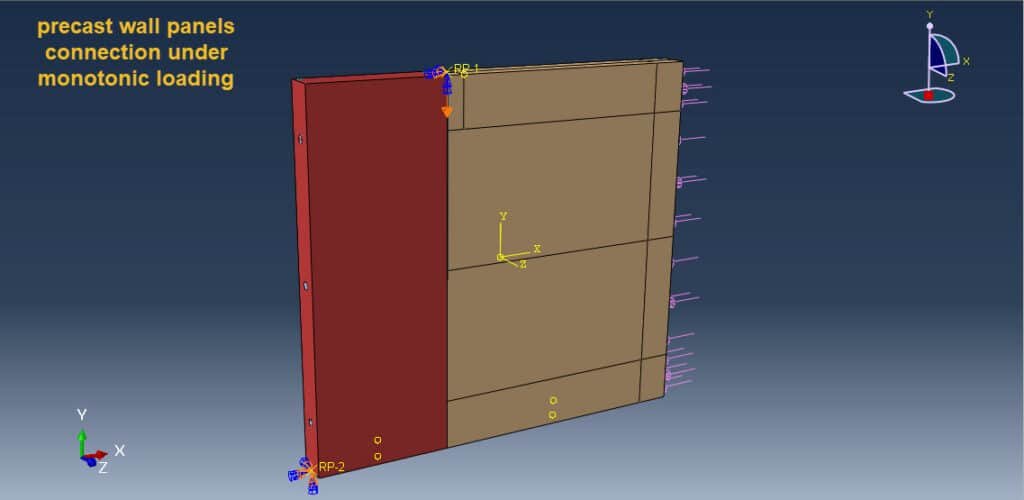
Abaqus
€46,00 Original price was: €46,00.€26,00Current price is: €26,00.

Abaqus
€50,00 Original price was: €50,00.€30,00Current price is: €30,00.
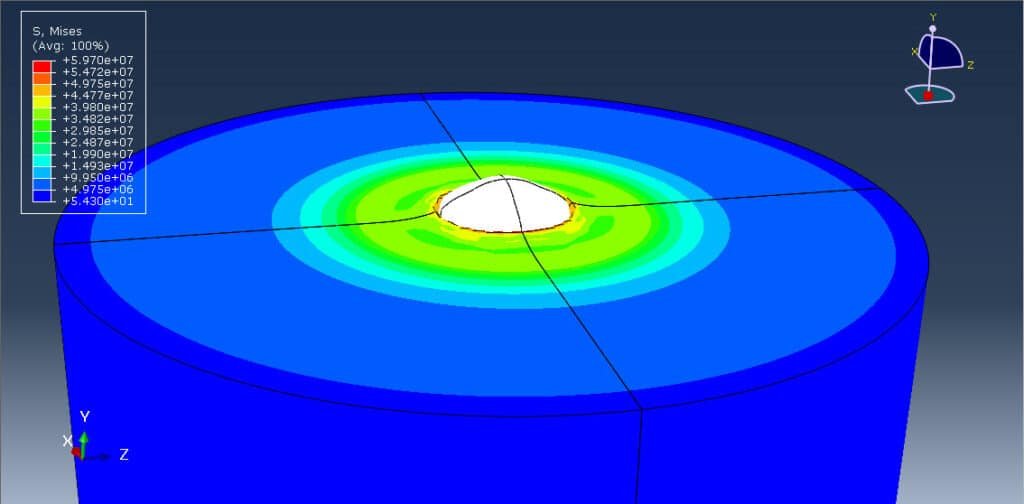
Abaqus
€46,00 Original price was: €46,00.€27,00Current price is: €27,00.
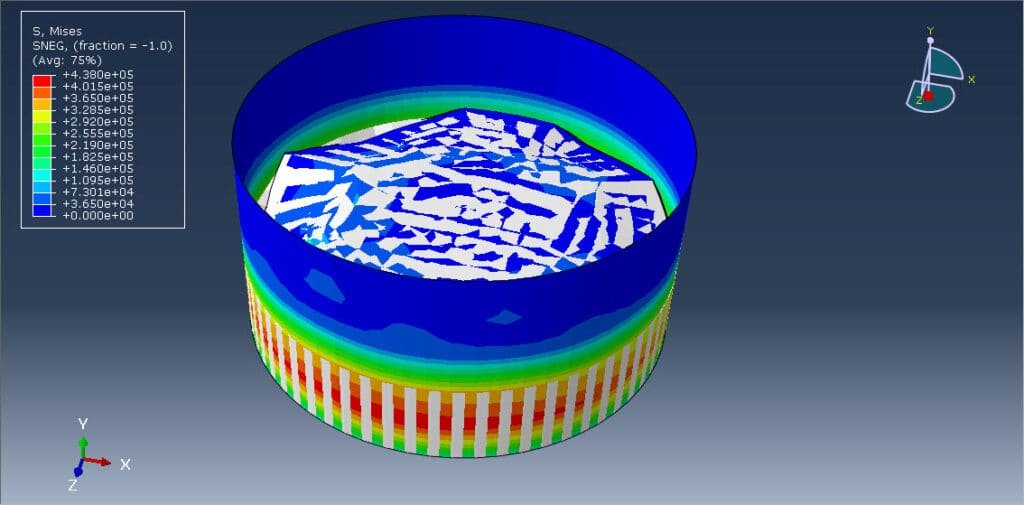
Abaqus
€45,00 Original price was: €45,00.€28,00Current price is: €28,00.
See more
Let’s Learn and Collaborate
Get VIP access to new content.
Sign up for weekly deals and news.
Engineering Downloads is a hub for learning,
collaboration, and sharing engineering models
and resources.
© 2025 Engineering Downloads. All rights reserved.

Want to receive push notifications for all major on-site activities?